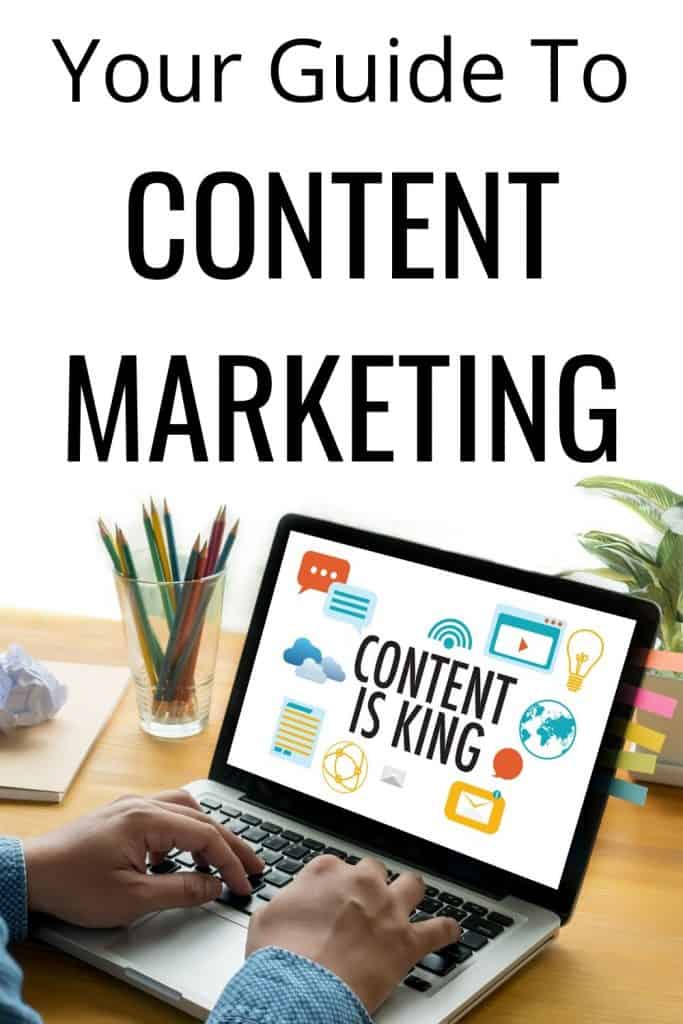Content marketing has been the buzz word in the profession for a few years now, and it shows no signs of going away anytime soon. Why? Because it works. Done properly, a properly planned, strategic content marketing plan can have a huge impact on the profitability of a business.
Getting it right takes some work and it can be easy to feel overwhelmed by all of the advice and information out there. Here are some tips you can start putting into action today:

What Is Content Marketing?
Content marketing is quite simple when you break it down. It is the creation and sharing of online content (blogs, videos, social media) that does not explicitly sell a brand or its products, but generates interest in them.
The purpose of the content might be to increase brand awareness, drive traffic to a website/landing page or make more sales by pushing people through your sales funnel.
The beauty of it is, it works for everyone, whether your company runs metal recycling, sells shoes, lobbies for politicians. Absolutely any business of any size can utilize content marketing.
Why Should I Be Using Content Marketing?
Some companies are put off by content marketing because they see it as ‘fluffy’ and unmeasurable and seems to take up a lot of resources.
That’s an old school view of selling products and services. It’s not often that a customer will arrive at a purchasing decision without having visited your website, blog, social media or reviews page.
Hubspot research has shown that companies who run a blog get up to 55% more visitors than those that don’t. Other benefits include:
- Better quality targeted traffic from search engines. Targeted traffic is more likely to convert to a buyer.
- Increased social media reach
- Improved SEO that stems from good quality, keyword-rich, content
- Better brand awareness
How To Get Started
Create A Buyer Persona
A buyer persona is the cornerstone of content marketing. It is a fictional representation of your ideal/target customer. By having your customer persona’s in place, you can focus your content to target their particular needs and interests.
A strong customer persona should include:
- Basics such as a name, job title, type of company worked at and main responsibilities.
- Where do they get their information? Do they read newsletters, visit social media or get their information from the trade press.
- Goals and challenges – what do they want to achieve in their role and what are the challenges involved in this
- Quotes – what types of things do they say
- Objections – what reasons would they have for not wanting to work with you or buy your product?
- Role in the purchasing process – do they have the power to sign off on a purchase, or do they make recommendations?
Create A Plan
It’s no use just writing a blog post and flinging it into the ether of the internet at random. Create a content calendar which lists key dates and events, and what content you will be producing for which platforms.
By planning and producing content in advance, you won’t always be on the back foot and up against deadlines, leaving you no time to promote your content.
Now get creating content.
Repurpose & Reuse Your Content
Creating content is time-consuming, so you’ll want to get the most out of it. A blog post can be promoted on your social media at regular intervals, or converted to a press release.
If you have a specialist blog about valentine’s day or National Stress Awareness Week, you can reuse those the following year with a very short update.
Be Consistent
Consistency is key. A flurry of activity for a few weeks followed by months of radio silence. Use your content calendar to keep you up to date and on schedule.
Consistency will improve increase brand loyalty, promote visits to your website from social media and search engines and keep a fresh stream of potential clients visiting your website.
Promote Your Content
In an ideal scenario, of the time you dedicate to content marketing, you should be spending 20% creating the content and 80% promoting it.
Your blog post is unlikely to make a huge impact if you’re not promoting it on a number of channels. Start by posting links to your social media and LinkedIn pages, publishing in a newsletter and on relevant groups. Encourage employees to promote the content as well.
Measure Your ROI
There’s a saying in marketing, “if you didn’t measure it, it didn’t happen”. It is often difficult to get buy-in on content marketing, so by not measuring your successes, you’re doing yourself a disservice.
You should be measuring reach and engagement on social media, the website traffic and its sources and conversions from visitors to customers.
- This post has been written by an outside source – See Disclosure Policy



